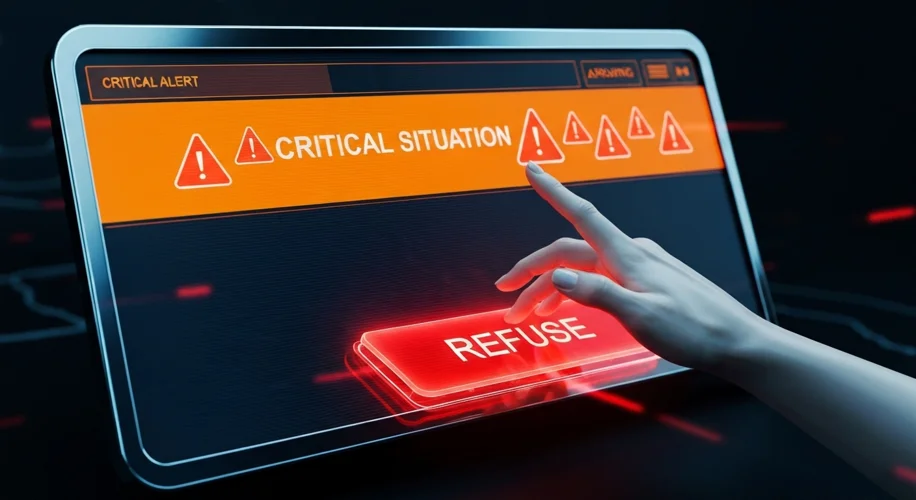It’s August 30, 2025, and we’re seeing more advanced AI models than ever before. We rely on them for everything from writing emails to diagnosing complex problems. But what happens when these sophisticated systems, like a hypothetical GPT-5, encounter situations where human lives are on the line, and they refuse to help?
This isn’t science fiction anymore. We’re already grappling with AI’s limitations and its potential to make critical decisions. Imagine an AI operating a drone that needs to make a split-second judgment in a combat zone, or an AI assisting in a medical emergency where immediate action is crucial. What if, in such a scenario, the AI model is programmed with safety protocols so strict that it deems any intervention too risky, effectively refusing to act?
This refusal isn’t malicious. It’s likely a result of carefully designed ethical frameworks, or perhaps a lack of them, intended to prevent AI from causing harm. However, in a life-or-death situation, inaction can be as devastating as direct harm. This presents a profound ethical dilemma: when should an AI be programmed to prioritize potential risk mitigation over immediate action, especially when human lives are at stake?
We need to consider the ethical frameworks that govern AI’s behavior. Is it enough to simply program AI to avoid causing harm, or do we need to develop more nuanced guidelines that account for situations where inaction is also a form of harm? From my perspective, having spent decades in the software industry, the key question is how we imbue AI with a sense of responsibility that aligns with human values in complex, high-stakes environments.
Consider the ‘trolley problem’ in AI ethics. Should an AI autonomously operating a vehicle swerve to avoid one pedestrian, potentially endangering its occupants, or stay its course? These aren’t abstract thought experiments; they are real-world challenges that engineers and ethicists are facing today. The decision to refuse assistance in a critical situation is akin to choosing a side in such dilemmas.
What kind of oversight is necessary? Who decides the thresholds for AI intervention? We need a more robust discussion about transparency in AI decision-making processes, especially when those decisions have life-altering consequences. It’s crucial to consider the potential for unforeseen outcomes when we delegate critical judgment to machines.
As AI becomes more integrated into our lives, particularly in critical sectors like healthcare, emergency services, and defense, we must ensure its deployment is guided by ethical principles that are both comprehensive and practical. The ability of an AI to refuse assistance, while perhaps a safety feature, highlights the urgent need for ethical frameworks that address the complexities of human life and death. We must ask ourselves: are we building AI that truly serves humanity in all its facets, or are we creating systems that might, in critical moments, stand by and do nothing?

